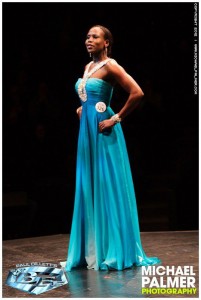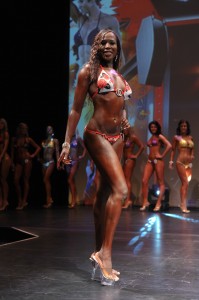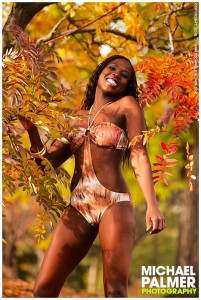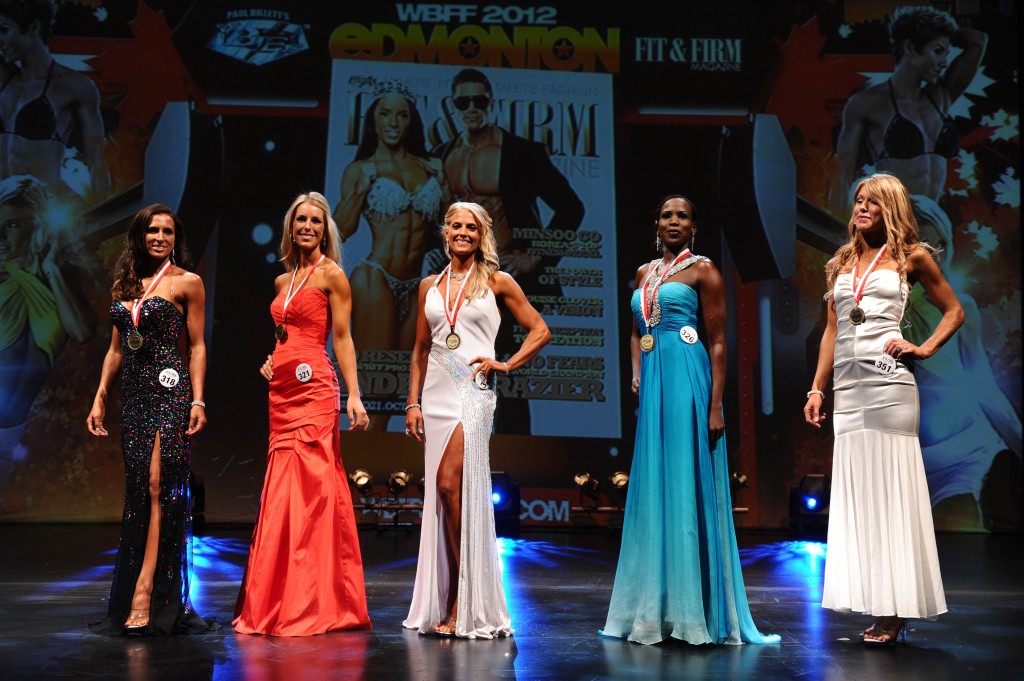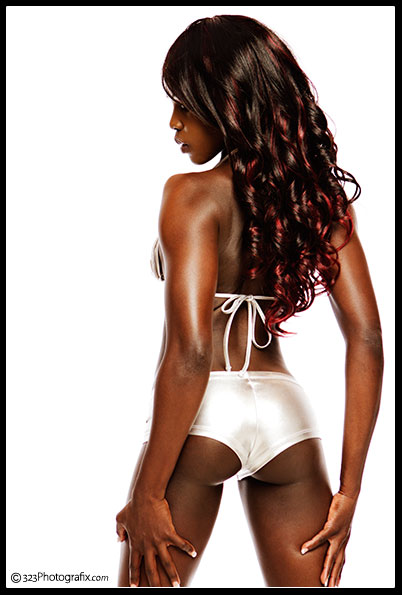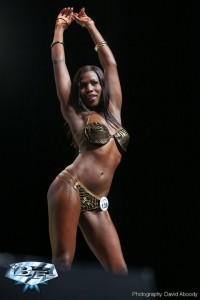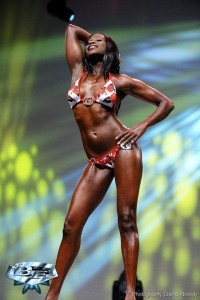In a diverse environment such as ours where everyone interacts on a daily basis with people from all walks of life, some of us have discriminated or have been discriminated against. Being a woman of color who lives in a part of the country with a deep-seated bias against people of different backgrounds, I sure have had my share. I have been refused service at a coffee shop and asked to leave for no apparent reason. I have had my occasional uncomfortable encounter at a workplace. Many or some of you can relate to such instances. Discrimination comes in forms of gender, age, religion, sexual orientation, and most prevalent, race. Even the rich & famous encounter instances of discrimination. For example, Oprah Winfrey has had few such encounters in her lifetime with the latest being in Zurich at the Tom Ford store. Let us not mention what the winner of 2014 Miss America, Nina Davuluri, went through in the hands of social media from racist and ignorant tweeps. With that being said, how does such experience impact our health and well-being? Does discrimination go beyond a distasteful experience and a ruined day? Experts say yes.
Perceived discrimination has been studied with regard to its impact on several types of health effects, both mental and physical. Being mistreated based on things beyond one’s control can lead to mental distress such as anxiety, stress, and low self-esteem. A study at Princeton University has shown that stress is directly and indirectly related to many diseases and disorders such as high blood pressure and inflammation in artery walls, which is the cause of heart disease. Experts also explain that for the discrimination to be effective, it need not be explosive or emotional. Accepting discriminatory, unfair treatment has been proven more harmful. In a study conducted in 1993, participants included 831 Black men, 1143 Black women, 1006 White men, and 1106 White women 25 to 37 years old; results were that systolic blood pressure among working-class black adults reporting that they typically accepted unfair treatment and had experienced racial discrimination was about 7 mm Hg higher than those reporting that they challenged unfair treatment and experienced racial discrimination in one or two of the situations. Even subconscious prejudice can be deadly, literally. Researchers have shown that middle class, college educated African Americans have less life expectancy. They also earn less money and have less access to healthcare than their white counterparts, all due to systematic bias. African Americans receive 35% less pay than Whites for doing the same job with the same qualifications. Earning less means not affording the best of food or health insurance coverage, and also living in less than ideal neighborhoods. It also means not affording top education for your children, which perpetuates the cycle. In addition, people who have taken an oath to do no harm have shown prejudice because of race and age. Nurses and care givers in emergency rooms have been observed to keep young men of African or Hispanic backgrounds, with traumatic injuries, waiting longer and without offering them painkillers. Elderly non-whites reported being ignored and not treated for their pain and suffering. Furthermore, white women who have been discriminated against due to their gender or age tend to have higher levels of visceral fat, which is associated with higher risks for developing diabetes and heart disease, just as in black women who experience racism. Besides, women on average earn less money than men due to gender discrimination.
With all of that aside, discrimination is hard to prove at times, and you cannot always take your case to customer services, human resources, or a court of law. You just know it and feel it, but what can you do to protect yourself and your health? Here are few ways in which you can combat subtle prejudice as suggested by a professor at Harvard School of Public Health:
- Take care of your health, manage what you eat, exercise and meditate. Doing so can help minimize your need for health care services.
- Learn as much as you can about your health condition so you can ask intelligent question and provide informative data to healthcare givers if the situation ever arises, that way you would get the full attention of your physician and you will not be ignored and rushed during your session.
- If you are an elderly, have a relative, a family friend, or a church member accompany you on medical visits.
- Understand your own strength and value. Nobody can make you feel inferior without your consent.
- Do not give in to stereotypes. You are not a loud-mouth, angry person nor a drunk just because of your racial background. So when in a situation and you feel that you are being pushed to act in a stereotypical manner, reject the urge to give in.
- Choose a refined language when addressing the matter, you make the situation worse by your choice of words. For example, instead of saying, “is this because I’m black” , say, “I feel that I’m not being treated like everyone else” or “please explain to me why I’m receiving less than ideal service”.
- Last but not least, address the issue when it happens. Avoiding the situation leads to bigger health risks.
To discriminate is a failure to relate to another person’s humanity; hence not treating them with dignity and respect. If you ever feel that you are being prejudiced against someone due to their race, gender, age, or religion, try to picture yourself in their shoes. Reject all stereotypes. Discrimination reflects the cultural feeds that people get, and the only way to fight it is by refusing to give in.



